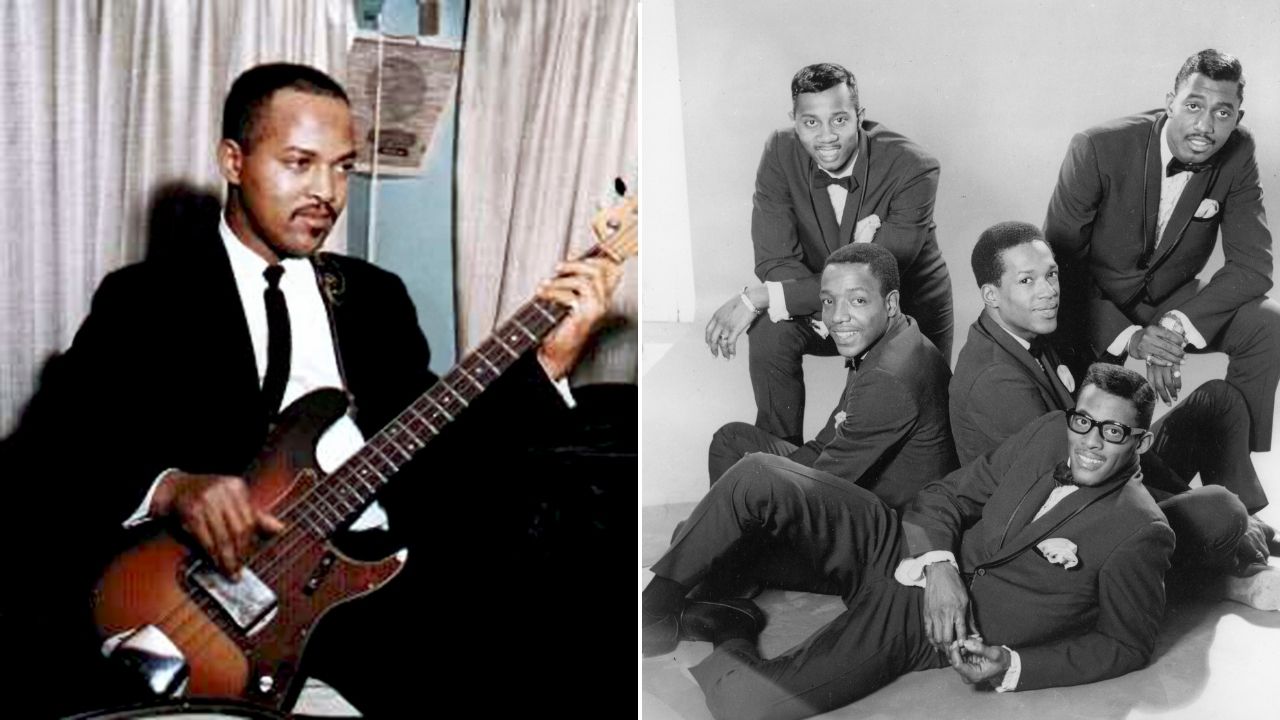Add Jaco-like tones and colors to your playing with Isobella Burnham’s harmonics masterclass
The British session virtuoso sits down with Rotosound to decode natural, artificial and sliding harmonics for players at every level
When it comes to adding a layer of beauty or otherworldliness to traditional bass lines and melodies, nothing beats the use of chiming, ringing harmonics.
And while we’re all well familiar with natural harmonics – those go-to tones sounded above the fifth, seventh and twelfth frets on the fingerboard – there’s a whole world of techniques, including artificial harmonics and sliding harmonics, as well as the concept of building chords using harmonics, that can provide a wide variety of unique colors and shades to your playing.
Advanced harmonics, of course, are commonly believed to be the territory of bass virtuosos like Jaco Pastorius, Victor Wooten and Billy Sheehan. But top UK session bassist Isobella Burnham recently sat down with Rotosound to help unlock the magic and mystery behind these techniques and demonstrate how accessible they are to all players.
Before Burnham digs into technique, she first dials in her sound, opening her tone knob and switching to her Sire bass’ bridge pickup – the “Jaco sound,” as she calls it. She also notes that her Sire bass is strung with Rotosound Swing Bass 66 strings, and points out that Pastorius was a devoted Rotosound player as well.
Burnham has been using harmonics – as well as her Rotosound strings – in her solo work and with a wide variety of top-notch artists, including Tom Misch, Connie Constance, Poppy Ajudha and Steam Down.
As a Rotosound player she joins a long line of famous users like Pastorius, John Entwistle, Sting, Paul McCartney and Duff McKagan, demonstrating that Rotosound continues to be the go-to string for players of every generation, in every genre.
Burnham begins her masterclass in bass harmonics by demonstrating how to sound standard third, fifth and octave intervals, and then how to go about combining these harmonics with traditionally-fretted root notes to create unique chord tones.
All the latest guitar news, interviews, lessons, reviews, deals and more, direct to your inbox!
From there, she eases into more advanced moves like using pinch techniques to produce harmonics anywhere on the fretboard, demonstrating the approach by playing a piece of Jaco Pastorius’ famous “Portrait of Tracy.” She also shows how to sound those elusive sliding harmonics (hint: it’s not as difficult as you might believe).
“And that,” Burnham says, “is how you produce harmonics.”
Now that’s a lesson that players of all levels can wrap their heads – and their hands – around.
Rich is the co-author of the best-selling Nöthin' But a Good Time: The Uncensored History of the '80s Hard Rock Explosion. He is also a recording and performing musician, and a former editor of Guitar World magazine and executive editor of Guitar Aficionado magazine. He has authored several additional books, among them Kurt Cobain: Montage of Heck, the companion to the documentary of the same name.

